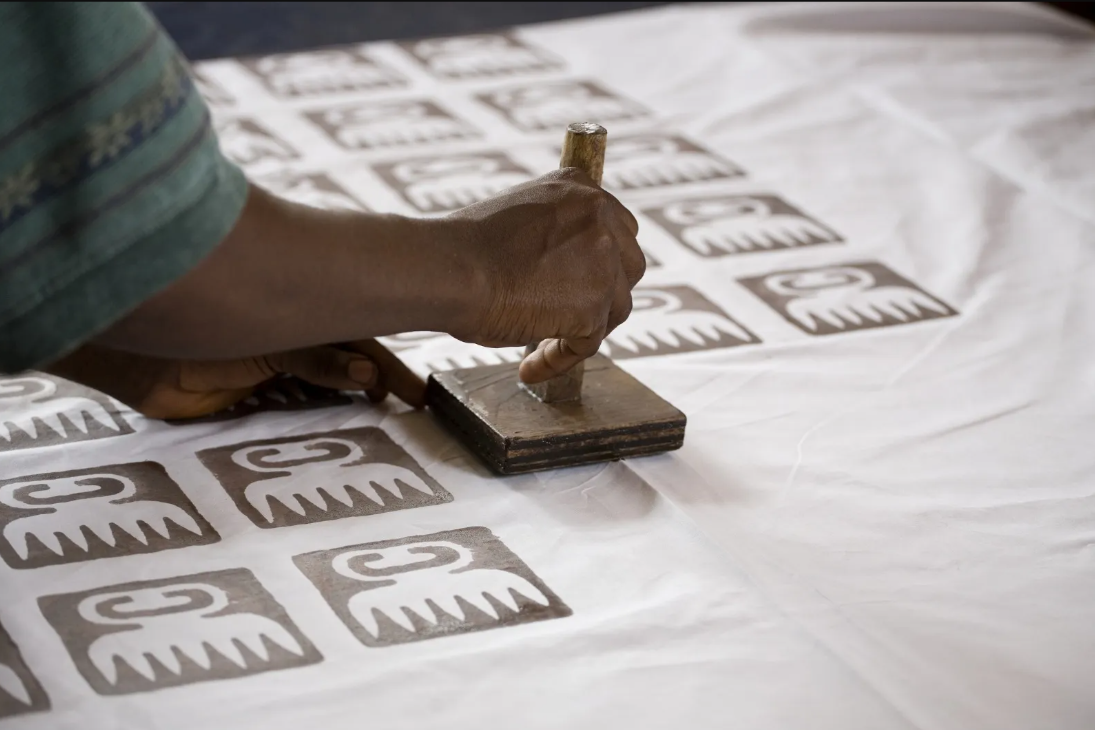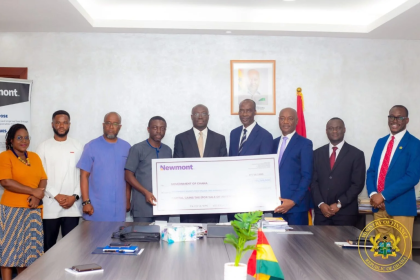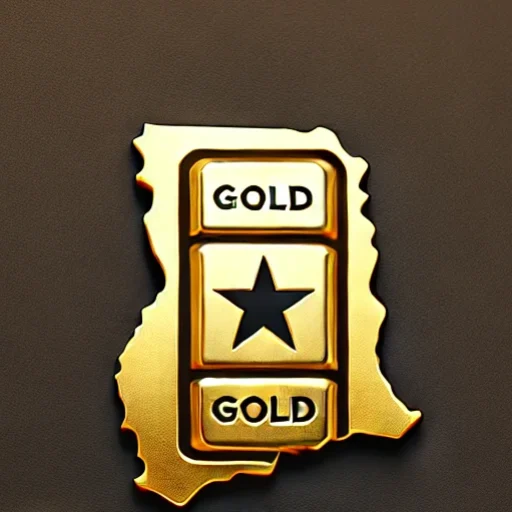Christopher Ecclestone’s latest Hallgarten & Company deep-dive, Mining in Ghana: Gold Coast Redux (May 28, 2025), is less a routine sector note than a sharp reminder that West Africa’s most durable democracy is quietly re-emerging as the region’s safest and, increasingly, most lucrative address for precious-metals capital. Investors who wrote Ghana off during the 2010s’ rush into Mali and Burkina Faso will find Ecclestone’s 46-page brief a bracing corrective.
From coup belt to safe harbour
While the Sahel’s “flavour-of-the-decade” jurisdictions lurch from junta to junta, Ghana has just overseen yet another peaceful hand-over of power and posted the region’s highest voter-turnout figures among the under-35s. Political risk, once the price of entry, has collapsed into the background noise of a functioning two-party democracy—something few African mining hubs can claim.
A sovereign wealth fund with teeth
One of Ecclestone’s bolder contentions is that Ghana’s Mineral Income Investment Fund (MIIF) which is now managing roughly US$ 1.2 billion after a 41 % revenue surge in 2024 may prove a template for resource-rich peers from Namibia to Peru. By earmarking a slice of royalties for equity stakes and downstream projects, MIIF can lever state cash into minority positions alongside foreign developers, shortening permitting timelines and aligning public coffers with shareholder returns.
Cleaning up the “galamsey” gold rush
The report applauds Accra’s move to force all artisanal output through a new Central Selling Agency. The target is not local panners but the network of illegal Chinese operators whose open-pit free-for-all has shredded riverbanks, poisoned farmland, and starved the treasury of billions in lost royalties. Voter impatience and the government’s stepped-up arrests suggest that this environmental and fiscal drag is finally being tackled.
When geology meets geopolitics
Record bullion prices and supply anxieties have already nudged Ghana back to the top slot in African gold production. Newmont Corporation‘s long-mature Akyem still hums, Gold Fields Limited‘s Tarkwa put out 537,000 oz last year, and Shandong’s giant Namdini “monster mine” is slated to add another 350,000 oz when it pours first gold this November.
Daily InvestorNews updates
The new equity mosaic
Ecclestone’s watch-list is deliberately eclectic. Producers Galiano Gold Inc. and Asante Gold Corporation anchor the northern and Ashanti belts, while Newcore Gold Ltd. and Pelangio Exploration Inc. offer pure exploration torque at micro-cap valuations. He flags Castle Minerals Limited and Cassius Mining Limited as “optionality plays” on Ghana’s under-drilled north-east, and singles out Atlantic Lithium Limited for injecting battery-metal diversification into a gold-centric story.
Why it matters now
Ecclestone’s core thesis is timing: with gold near historical highs and Sahel regimes squeezing foreign miners, Ghana’s stable rule-of-law premium is widening just as global allocators crave Africa exposure without military headlines. Layer on MIIF’s balance-sheet fire-power and a regulatory push to corral artisanal leakage, and the runway for disciplined juniors—and their early backers—suddenly looks long.
Bottom line: Gold Coast Redux is required reading for any investor still equating “West Africa” with coup risk or ESG landmines. Ecclestone’s analysis sketches a jurisdiction that has quietly institutionalised its mining code, enlisted sovereign capital beside private money and started to tame the last big drag on its gold narrative. Ignore the new Ghana at your portfolio’s peril—and read the full Hallgarten report before your competitors do.








